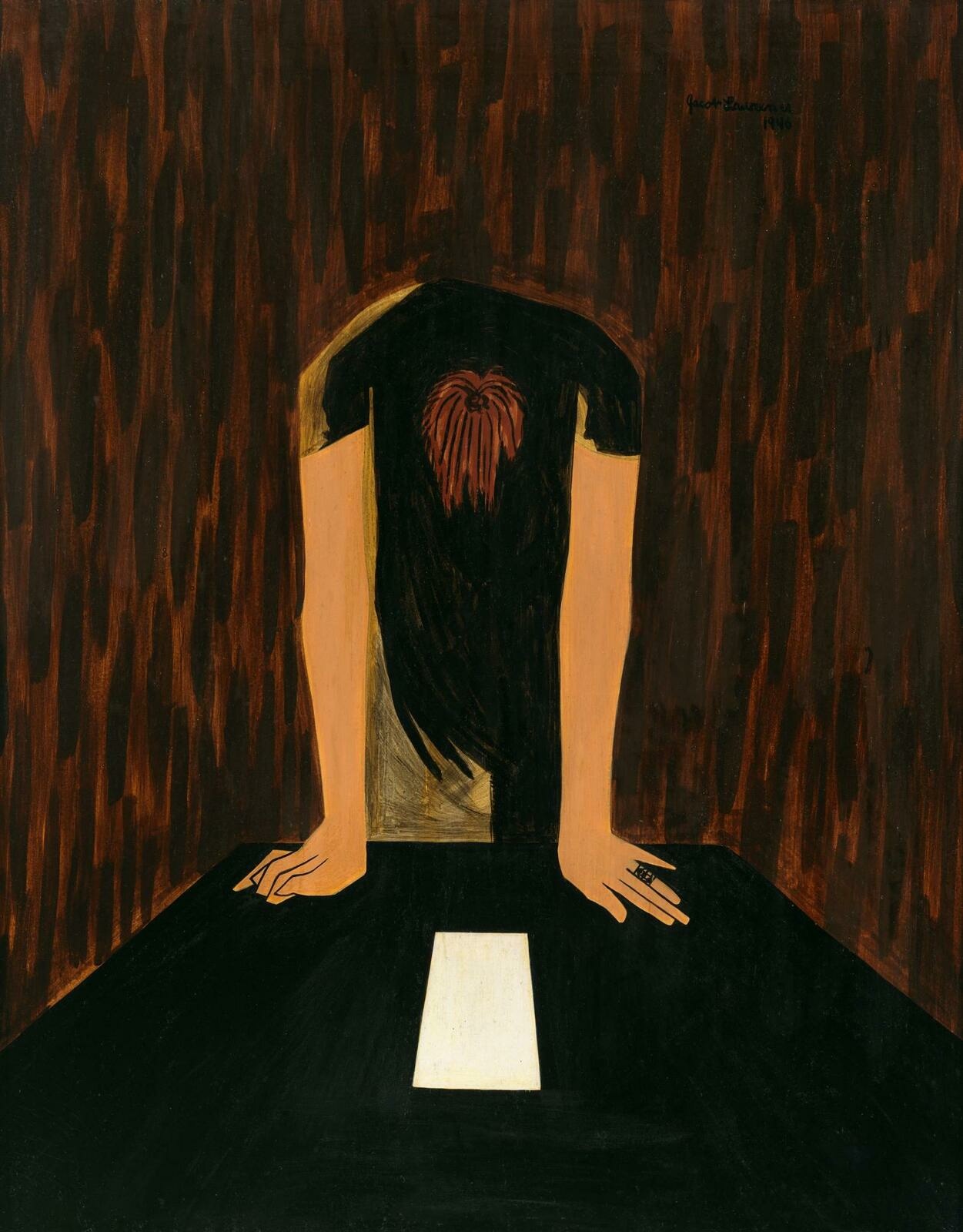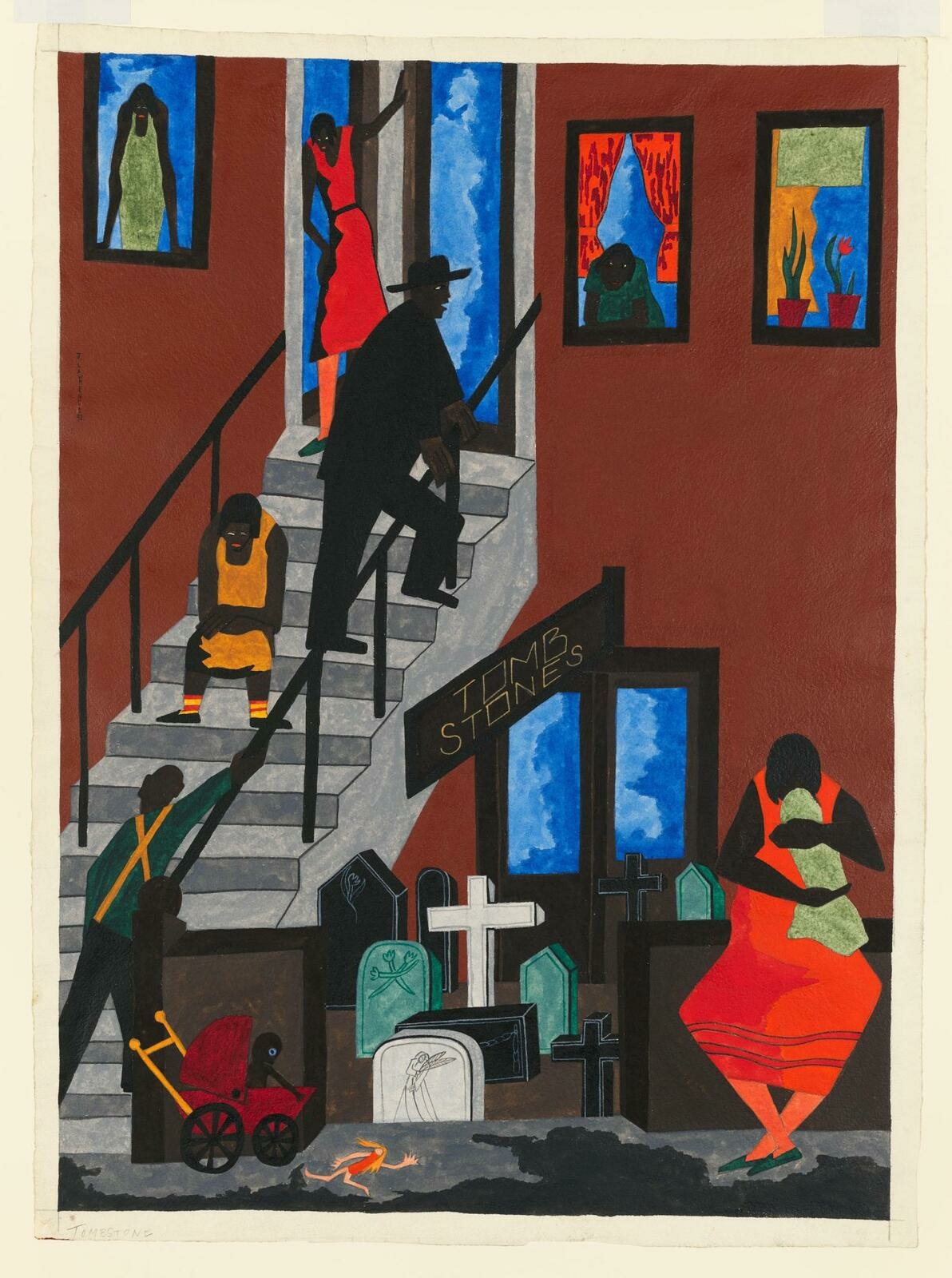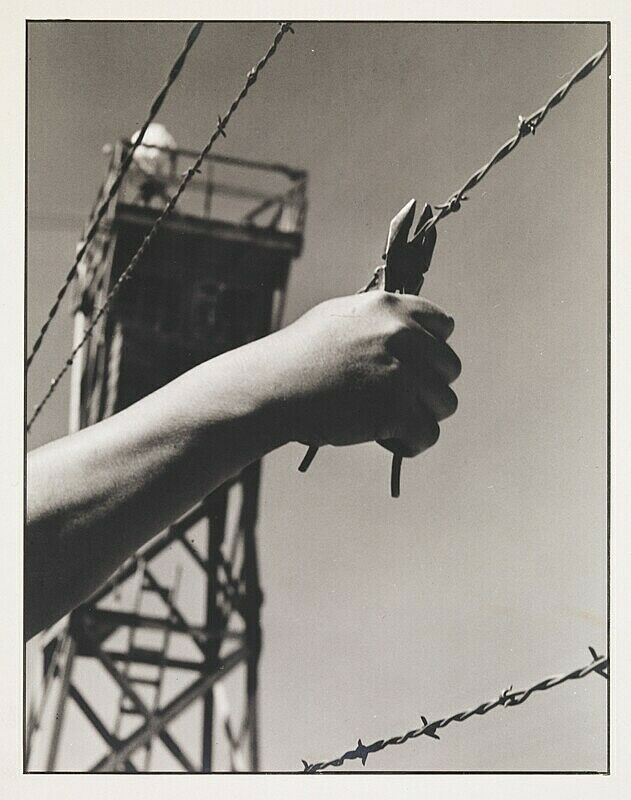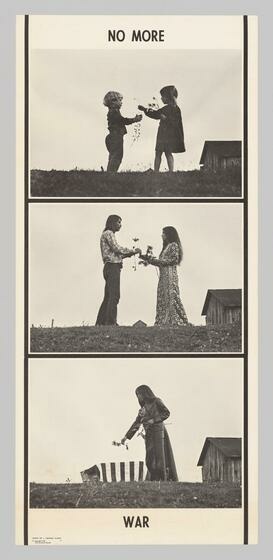History has been marked by war and tragedy that has shaped the present day. It has created art as a form of expression to demonstrate people’s attitude about war and its aftermath. Despite death pervading our lives, we continue to engage in the same behaviors. Therefore, I decided to encapsulate the idea of war in effort to allow us to feel and understand the meaning of loss so that when decisions in the future fall in our hands, we decide for peace over war.

Sterbender Soldat, 1924
Otto, Dix
This work appears in Mr. Otto’s portfolio named “Der Krieg”, or war. Translated to English, “Sterbender Soldat”, the title of this artwork, is dying soldier. It was created to depict World War 1 in particular, not with the intent to glorify or vilify the war, but to depict the experiences of an individual who was present at this time. Mr. Otto was an artillery gunner during the war and created this piece to encapsulate the aftermath of the war. I was drawn to this particular piece due to its elaborate details in shading and structure of the skull and surroundings. Additionally, this piece emphasizes that despite victory, mass casualties and death are always an outcome in war.

In Transit, 2008
Abdul, Lida
This artwork was actually collected from a video that depicted young boys staring out into the ruins and traumatized by the occurrence in Afghanistan and unable to differentiate between the bodies and ruins of the surrounding structures. In the film, the boys are depicted playing with the plane pictured above, a Soviet plane that was abandoned and filled with bullets. Looking at this image, one may simply see the tragedy of a crashed plane and dead bodies. However, these young boys decided to “fix” it up and play with it. Their innocence making them seemingly unaware that this was an enemy aircraft that may have resulted in the loss of their families’ lives.

Hell No I Won’t Go!!!!!!, 1967
William Frederick Weege III
This artwork sent a powerful message with its juxtaposition of an innocent child and a gun which tugs at the heartstrings of the viewer to enable to realize the reality of war and the loss that it may result in. It is part of a collection called Peace is Patriotic- the title alone sending a powerful message- that the desire for peace was not anti-American, but simply a desire to live in peace without the agony that results from war.

War Series: The Letter, 1946
Lawrence, Jacob
This work was created by an African- American painter during the Modernism movement. Looking at this picture, one can only imagine the news that the letter in front of the subject may hold especially during war time – depicting the agony associated with war and the loss accompanied by it. Additionally, the dark colors chosen for the subject and background also act as a sign of the sad news that may be in the letter.

Tombstone, 1942
Lawrence, Jacob
Mr. Lawrence’s work often depicts individuals in Harlem. This image depicts people in a community interacting with each other and living their day to day lives. The image itself was painted one year after the bombing of Pearl Harbor. Knowing this, one can begin to understand the purpose of the multiple tombstones that are present in the picture. It serves to represent the lives lost in the community due to this tragedy, but more importantly it is juxtaposed with the baby being cradled nearby. His work is meant to depict the cycle of life from a baby, to a child, to a grown adult to the grave. This image while it depicts the reality of life and death, also highlights the significant number of lives that were lost during war – some lives that were meant to live longer.

Templeux la Fosse, 1919
Dix, Otto
Created by Otto Dix, this piece, similar to his last piece, creates an extremely realistic depiction of war. His keen attention to detail was from his memories and nightmares of battles during the war. The title of this work in English translates to “Soldiers Killed by Gas” which depicts the bodies of victims of mustard gas and other poisonous gases that are swollen while the other two soldiers are just seemingly fine walking by these corpses thus emphasizing the brutality of war. This piece like many of his other pieces vividly capture different places and occurrences in the war all of which are unnerving due to the elaborate detail present which is why this piece really evokes a sorrowful reaction.

Study for a Monument, 2013-16
Akhavan, Abbas
Initially when observing this art, it may seem a little out of place with the theme of death and war. However, these casts of plants have been collected from the ruins of war in the region surrounding present day Iraq. By seeing how nature and plants are also destroyed from war, I hoped that this piece conveys the vast extent of death and destruction that war had. Not only did people die, but so did the vibrant colors and aromas of nature. War takes everything.

Untitled, 1944
Miyatake, Toyo
Toyo Miyatake often used art to depict disobedience and resistance to certain ideals and norms. Miyatake was held in the Japanese Camps during WWII and while there he smuggled a camera and documented events from his time there. His art came from a different perspective- we have seen the perspective of the soldier, the child, the loved ones, but we have not seen the perspective of the victim. Japanese Americans were victims of being forcefully moved and placed in internment camps due to their ethnicity. By seeing the wires that are captured from the fence of the camps, we can see how the subject wants to escape the camp, but cannot. His identity is deemed dangerous and therefore he cannot live his life as he wishes. This is sends the message that when in war desperate times may result in bad decisions and the loss of innocent lives. While not all of this can immediately be seen in the image, I think that the unspoken history behind it- when understood-makes this seemingly simple painting speak volumes.

Untitled, 1916
Marc, Franz
This artwork was is found in a sketchbook that was kept by the artist, Franz Marc while he was on the front line during WWI. His work was sent to his wife and would be later published after his death. While Marc died in battle in 1916, his art lived on to tell the story of the front line of the war. His art is more abstract and depicts his sentiments regarding his time during the war. It also has an interesting features of focusing on animals and also depicting them in an abstract manner. Additionally, often times when we hear stories of war, we cannot accurately envision the event as we have never lived through a similar event. Therefore, seeing work done during the war and while at the front line is very striking and telling of what war was actually like and one can also feel what the artist and solider felt as well. I also picked this piece because of how different its colors and elements were in comparison to many of the other images which tended to be in more black and white and darker colors.

No More War, 1970
Dennis Newell, Terry Newell
The final piece of this gallery captures the theme of the gallery of death and agony effectively. By looking at the three parts of the piece, one sees the progression that may occur in one’s life especially when it is surrounded by war. The initial image depicts a young girl and boy exchanging flowers that may represent the happiness and peace fostered between them. The next image then portrays these two individuals now older and exchanging a bloomed flower to perhaps represent their love for each other. However, the last image represents a stark contrast, where the women has lost the man who may have been her significant other to the war and is now placing a flower, which was once a symbol of their happiness, over his grave. This emotions invoked in this image portray the agony associated with war and the loss it results in.

Powerful theme and great selections. Where might you hold your show? Who is your ideal audience?
Although this may be a feat to accomplish, I think that I may hold the show in a historical place that is now a remnant of war specifically, the location of where one of my selected pieces occurred- whether it may be in the place that once held the Japanese Interment Camps, or Afghanistan, or Germany. By doing so, and providing people with a background of the place’s history, I think that the message delivered will be more powerful and will enable people to truly understand the reality of war.
Love this idea.